Explore how Pichwai Krishna Paintings capture the essence of spiritual storytelling
Pichwai Krishna Paintings are not just artworks; they are a window to a spiritual realm, epitomizing the divine narrative of Lord Krishna with an elegance that transcends time and geography. Originating from the Nathdwara region in Rajasthan, India, over 400 years ago, these paintings were traditionally created to adorn the walls of temples, specifically, the Shrinathji Temple, serving as a backdrop for the deity Shrinathji, a manifestation of Krishna. These paintings capture the vivid scenes from Krishna’s life, enriching the viewer’s spiritual experience with every detailed brushstroke.
In this article titled “Explore the Timeless Beauty of Pichwai Krishna Paintings,” we delve deep into the mesmerizing world of Pichwai art, exploring its rich history, artistic nuances, and the profound spiritual essence embedded in its motifs. Whether you are an art aficionado, a spiritual seeker, or a curious learner, the enchanting world of Pichwai awaits to unfold its stories painted in vibrant colors and intricate details.
As the interest in Indian traditional arts has surged globally, platforms like Beyond Square have emerged as exceptional sources to procure authentic Pichwai Krishna Paintings online. Offering a curated selection of high-quality pieces, Beyond Square ensures that each artwork not only decorates a space but also carries the profound cultural heritage and spiritual significance of Pichwai art to homes around the world.
The Essence and Origins of Pichwai Krishna Paintings
Pichwai Krishna Paintings are a distinguished form of Indian art that originated in the temple town of Nathdwara, Rajasthan. Created to serve as a backdrop for the idol of Shrinathji, a youthful incarnation of Lord Krishna, these paintings are deeply rooted in the Pushtimarg sect, founded by Vallabhacharya in the 16th century. The sect emphasizes a personal worship experience, which is vividly reflected in the intricate details of Pichwai paintings.
Historical Background
The tradition of Pichwai paintings began over 400 years ago and was initially intended to narrate the stories of Lord Krishna to the illiterate masses. Over time, these artworks evolved, becoming more elaborate and detailed, serving both an educational and a devotional purpose. The name ‘Pichwai’ stands for ‘behind the idol’, referring to its original use as a backdrop in temples.
Artistic and Cultural Significance
Pichwai paintings are renowned for their vibrant colors, intricate details, and the ability to convey deep spiritual narratives. These artworks commonly depict various scenes from Krishna’s life, such as the Raas Leela, Govardhan Puja, and festivals like Janmashtami. Each painting is a labor of love and devotion, often taking several months to complete, with artists passing down techniques from one generation to the next.
Artistically, is a celebration of the rich cultural heritage of Rajasthan, showcasing traditional Indian painting techniques combined with a unique local flair. The use of natural pigments and dyes, intricate brushwork, and a deep understanding of the religious texts make Pichwai paintings a significant cultural treasure.
The Artistic Elements of Pichwai Krishna Paintings
Pichwai Krishna Paintings are not only revered for their spiritual significance but also their distinctive artistic style. These paintings are a visual feast, characterized by their vibrant colors, intricate details, and the profound storytelling they encapsulate.
Key Features: Colors, Themes, and Motifs
One of the most striking aspects of Pichwai paintings is their vibrant palette, which includes deep blues, lush greens, and rich reds. These colors are often derived from natural sources, which not only gives each artwork a unique hue but also ties the art form to its traditional roots. The themes in Pichwai paintings are predominantly centered around the life and times of Lord Krishna, featuring events like the Raas Leela, Krishna’s childhood antics with the Gopis, and his interactions with the flora and fauna of Vrindavan.
Motifs in Pichwai paintings are rich and varied, often including the lotus flower, which symbolizes purity and beauty, peacocks which represent romance and the rains, and cows which are synonymous with prosperity and wealth in Hindu culture. Each motif is not just decorative but holds deep symbolic meaning, enhancing the narrative woven through each painting.
Typical Scenes Depicted
The typical scenes depicted in Pichwai paintings serve both an aesthetic and educational purpose. They narrate stories from Hindu mythology, particularly the life of Krishna, such as his divine play with the Gopis (Raas Leela), lifting Govardhan Hill, or the festive scenes of Diwali and Holi. These depictions not only make the artworks vibrant and lively but also serve as a medium for devotees to visually connect with the divine stories.
Materials and Techniques Used
Traditional Pichwai paintings are made on cloth or starched canvas, with artists employing natural pigments made from minerals, plants, and even precious stones. The technique used in these paintings is meticulous and detailed, requiring a steady hand and a profound understanding of the material properties. Artists spend months, sometimes years, perfecting a single piece, a testament to their dedication and skill in preserving this ancient art form.
Spiritual and Religious Significance of Pichwai Krishna Paintings
Pichwai Krishna Paintings transcend mere artistic expression; they are a vibrant testament to the devotional fervor surrounding Lord Krishna. These artworks serve as a spiritual conduit, offering a visual meditation on Krishna’s life and teachings.
Depiction of Krishna and Associated Symbols
At the heart of every Pichwai painting is Lord Krishna, depicted in various forms and actions, from his playful childhood episodes to his profound teachings and divine miracles. These depictions are not random but are deeply symbolic, reflecting Krishna’s qualities of compassion, bravery, and love. The recurring symbols in these paintings, such as the flute, peacocks, and lotus flowers, are rich in Vedic symbolism and enhance the spiritual narrative, each element echoing a facet of Krishna’s divine persona.
Role in Religious Festivities
Pichwai paintings play a pivotal role in religious festivities, particularly in the Pushtimarg tradition. They are used to decorate the temple’s sanctum during specific festivals like Janmashtami (Krishna’s birthday), Govardhan Puja, and Annakut. These paintings are not merely decorative; they are integral to the worship rituals, setting the mood and spiritual context for the celebrations. They help devotees visualize the pastimes of Krishna, deepening their engagement and spiritual experience during the festival.
Enhancing Spiritual Devotion
For devotees, Pichwai paintings are more than just art; they are a medium through which they can connect with the divine. Viewing these paintings can be a form of devotion itself, aiding in meditation and prayer. The intricate details and vibrant scenes depicted in Pichwais help followers of Krishna feel closer to him, making these artworks a tool for spiritual education and enlightenment.
Pichwai in the Modern World
As the appreciation for traditional arts increases globally, Pichwai Krishna Paintings have found new audiences and adaptations, ensuring their relevance and survival in the contemporary art scene.
Contemporary Artists and Their Contributions
Modern artists have played a crucial role in the revival and sustenance of the Pichwai art form. Artists like Venkat Raman Singh Shyam and others have infused traditional techniques with modern aesthetics, bringing fresh perspectives while maintaining the sacredness of the narratives. These artists have been instrumental in introducing Pichwai to global audiences through exhibitions and collaborations, thereby preserving its legacy and making it accessible to new generations.
Adaptation of Traditional Techniques for Modern Tastes
Today’s Pichwai artists are adapting to the preferences of a global market. They are innovating with sizes, formats, and even themes to appeal to modern homes and contemporary spaces. This includes creating smaller, more manageable pieces that fit into modern apartments and incorporating elements that resonate with a broader audience while still reflecting the traditional essence of Pichwai.
Global Recognition and Exhibitions
Pichwai Krishna Paintings have garnered significant attention on the international stage. Exhibitions across major cities in the world, from New York to London, have showcased these magnificent artworks, highlighting their intricate beauty and cultural depth. Institutions like the Metropolitan Museum of Art and the British Museum have included Pichwai paintings in their collections, acknowledging their artistic and cultural significance.
Collecting and Preserving Pichwai Krishna Paintings
Collecting Pichwai paintings can be both a passionate pursuit and a significant investment. Understanding the nuances of acquiring and maintaining these artworks is essential for any collector.
Tips on Collecting Pichwai Artworks
When collecting Pichwai Krishna Paintings, it’s important to consider the authenticity and the historical significance of each piece. Collectors should look for artworks that have a clear provenance and are made using traditional techniques. Engaging with reputable galleries or platforms like Beyond Square, known for their expertise in Indian traditional arts, can assure quality and authenticity.
Importance of Preservation and Care
Preserving Pichwai paintings requires specific conditions to ensure their longevity. These artworks are often made with natural pigments that can be sensitive to light and humidity. It’s crucial to display and store these paintings away from direct sunlight and in environments with controlled humidity. Regular dusting and occasional professional cleaning can also help maintain the vibrant colors and intricate details of the paintings.
Future Trends in the Pichwai Art Market
The market for Pichwai Krishna Paintings is expanding, not just within India but internationally. As appreciation for detailed and culturally rich artworks grows, Pichwai paintings are likely to become even more sought after. This increased interest could drive innovations in the art form and open up new opportunities for artists and collectors alike.
Conclusion
Pichwai Krishna Paintings are more than just visually stunning artworks; they are a profound embodiment of devotion, tradition, and cultural heritage. From their historical origins in the temples of Nathdwara to their present-day reverence in galleries around the world, these paintings offer a unique glimpse into the spiritual life of Krishna and the vibrant cultural tapestry of India.
Throughout this article, Explore the Timeless Beauty of Pichwai Krishna Paintings, we’ve explored the intricate details, artistic nuances, and spiritual depths of Pichwai art. We’ve seen how contemporary artists are both preserving and adapting these traditional techniques to suit modern tastes, ensuring that Pichwai paintings continue to captivate and inspire audiences globally.
For those interested in delving deeper into the world of Pichwai, consider visiting reputable platforms like Beyond Square, where you can explore and purchase authentic Pichwai Krishna Paintings. Whether you are a seasoned collector or a new admirer, the world of Pichwai offers endless opportunities for discovery and appreciation.
As we continue to celebrate and preserve this exquisite art form, let us remember that each Pichwai painting tells a story — a story woven with threads of history, spirituality, and immense artistic skill. It’s a narrative that invites us to pause, reflect, and appreciate the timeless beauty that these paintings bring into our lives.



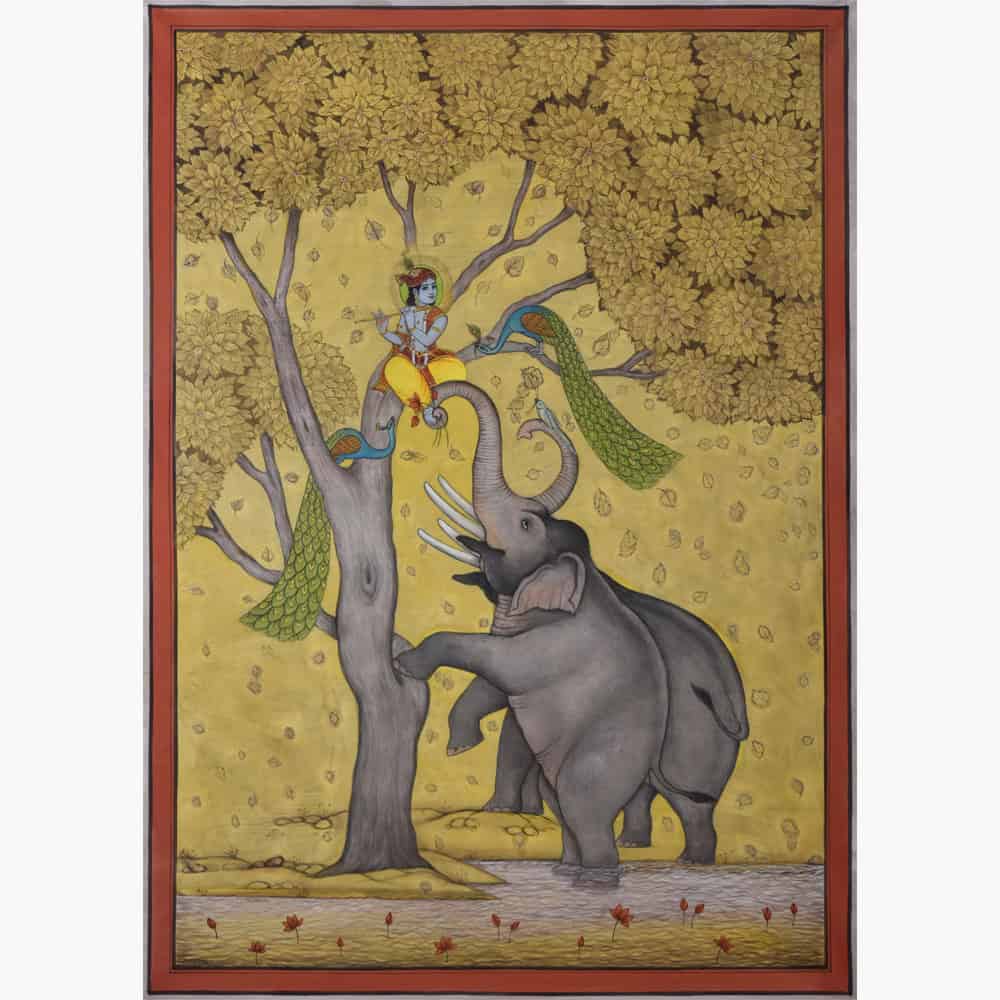
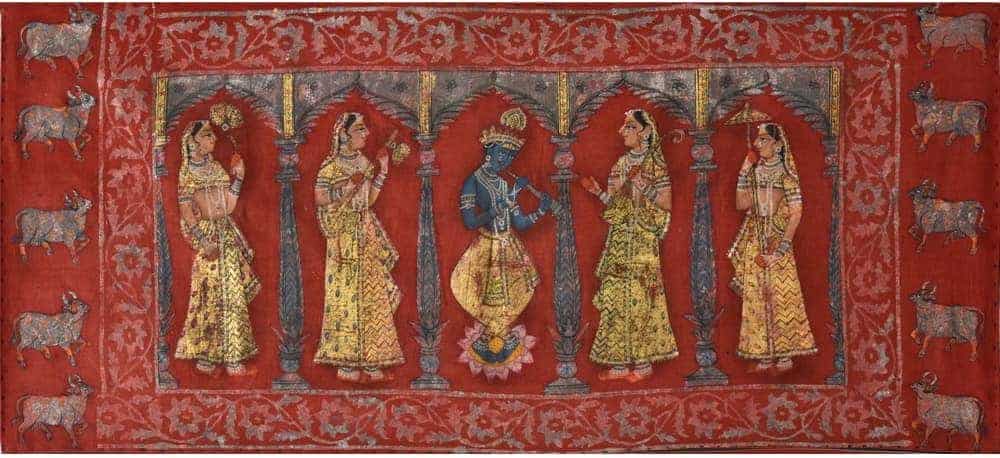
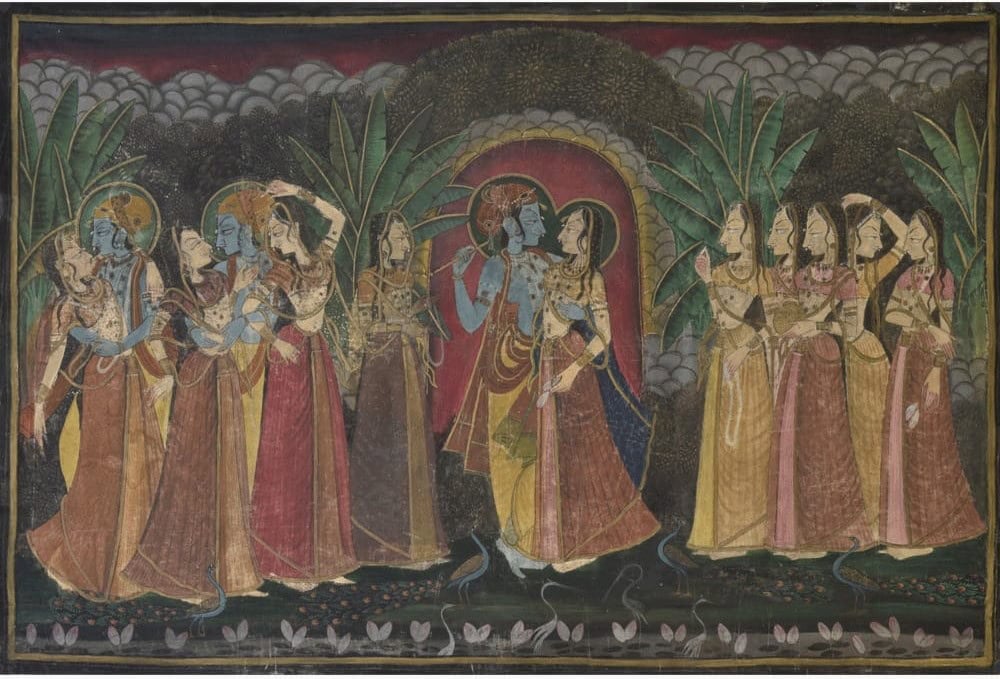
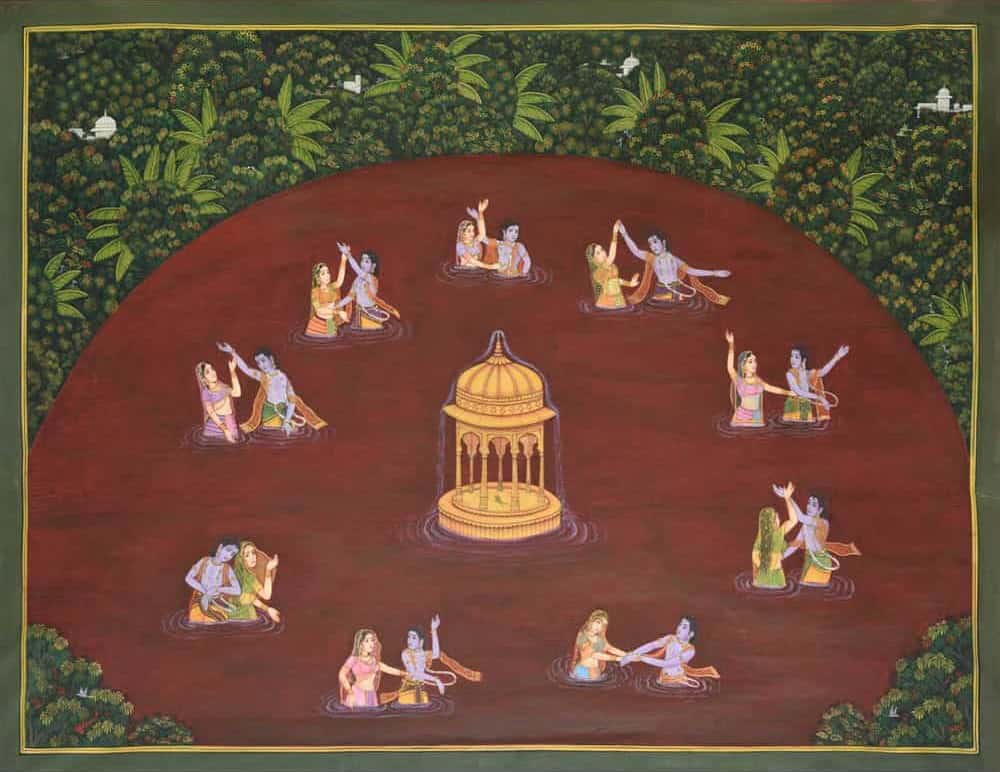
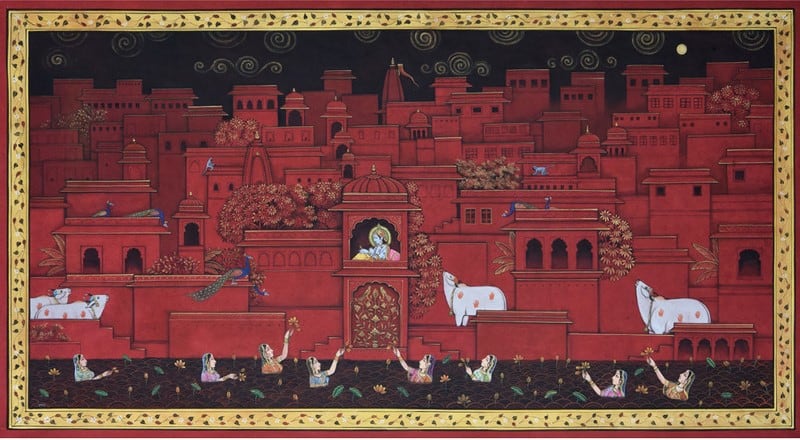
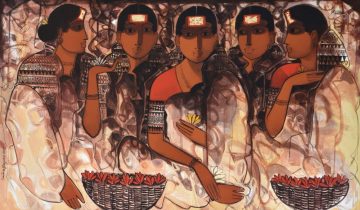
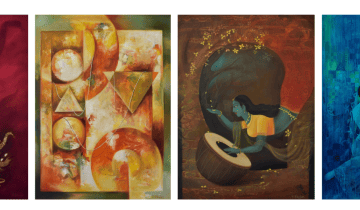
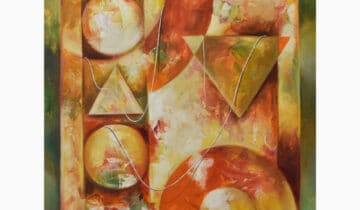
 No products in the cart.
No products in the cart. 